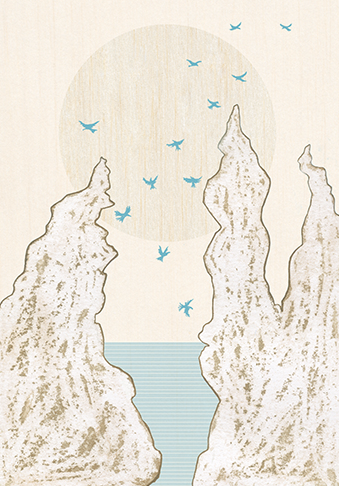Deathscapes in Finnish funerals during Covid-19
Keywords:
death, bereavement, space, Covid-19, ritualAbstract
The Covid-19 pandemic has disrupted and reshaped experiences of bodily disposal and memorialization around the world. One key characteristic of almost all religious practices and traditions is the centrality of face-to-face gatherings (Baker et al. 2020). The spatial turn shows the need to study space and place in research on religion (Knott 2010). Avril Maddrell has utilized a spatial lens for death studies with her concept of the deathscape, by which she means both the places associated with death and the dead and how these are infused with meaning (Maddrell and Sidaway 2010). The aim of my article is to uncover which spaces were used in Finnish funerals and what they reveal about deathscapes during Covid-19. The forty-five pieces of correspondence that form the qualitative data of the research were received between October 2020 and February 2021; they offer some important, real-time insights into how funeral spaces and burial places were experienced during the two first waves of the pandemic. The findings reveal that participation in the ritual was more important than the actual site of the funeral, burial or memorial. The findings indicate that deathscapes in Finnish funerals during Covid-19 typically dealt with how ritual space was created during restrictions. The physical site was important as long as it created ritual space and was aligned with the personality of the deceased. Central to these actively created spaces was that they followed the deceased body either physically, virtually or spiritually. The latter was a conceptual finding from the data and a means by which the writers pointed to spatialities of belief and virtual attendance that were not digitally mediated.

Published
How to Cite
Copyright (c) 2023 Auli Vähäkangas

This work is licensed under a Creative Commons Attribution 4.0 International License.









